Introduction
Coal remains one of the most critical energy sources globally, directly influencing industrial energy efficiency, economic value, and environmental impact. To accurately assess the quality of coal, various analytical instruments and testing equipment are essential. These tools enable precise analysis of coal’s physical and chemical properties, optimizing its utilization and ensuring compliance with industry standards.
This article explores the key equipment used in coal testing, their working principles, and their role in evaluating coal quality.
1. Basic Requirements for Coal Testing
Coal quality assessment involves multiple aspects, including:
- Physical properties: Particle size, density, hardness
- Chemical composition: Moisture content, ash content, volatile matter, fixed carbon
These indicators determine coal’s calorific value, combustion efficiency, and environmental impact. Therefore, modern testing equipment must feature high precision, automation, and multifunctionality, integrating intelligent detection, data acquisition, and digital processing to ensure accurate and stable results.

2. Common Coal Testing Equipment and Instruments
Coal testing equipment varies depending on analytical requirements. Below are the essential instruments categorized by their specific applications:
2.1 Sample Preparation Equipment
Before conducting coal analysis, sample preparation is crucial to ensure uniformity and representativeness. The following equipment is commonly used:
Coal Crusher
- Purpose: Crushes raw coal into suitable particle sizes for analysis
- Features: Automated feeding system and real-time monitoring to enhance efficiency and stability
Coal Sieving Machine
- Purpose: Separates coal particles into different size ranges
- Features: Equipped with precision sieving instruments to ensure uniform sample distribution
Drying Equipment
- Purpose: Removes moisture from coal samples before testing
- Features: High-precision temperature control to prevent over- or under-drying
Application: Proper sample preparation ensures accurate measurement of coal properties and prevents variations in test results.
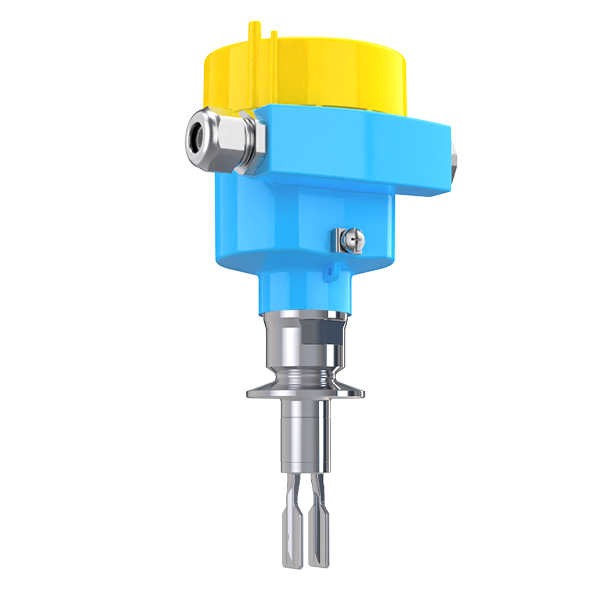
2.2 Composition Analysis Equipment
Determining coal’s chemical composition is a key part of quality control. Common analysis instruments include:
Ash Content Analyzer
- Measures: The proportion of non-combustible residue after coal combustion
- Principle: High-temperature combustion with precise temperature and weight sensors for accuracy
Moisture Content Analyzer
- Measures: The water content in coal
- Principle: Heating or drying methods combined with humidity sensors and real-time data logging
Fixed Carbon Analyzer
- Measures: The amount of carbon left after volatile components are removed
- Principle: Chemical analysis or high-temperature sintering, supported by thermocouples and gas flow monitors
Calorific Value Analyzer (Oxygen Bomb Calorimeter)
- Measures: The energy content (heat value) of coal
- Principle: Combustion in a controlled oxygen environment, with digital data acquisition for real-time monitoring
Comparison:
- Ash & moisture analyzers are essential for combustion efficiency
- Fixed carbon analyzers help in estimating energy yield
- Calorific value analyzers are crucial for determining economic value
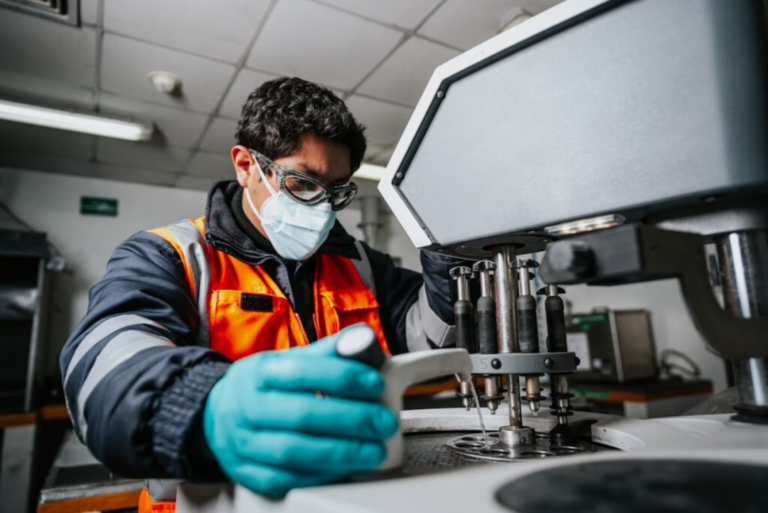
2.3 Gas Analysis Equipment
Coal combustion releases gases that impact both performance and environmental compliance. The following instruments are used:
Flue Gas Analyzer
- Measures: CO₂, SO₂, and other emissions
- Features: Real-time monitoring with built-in gas sensors and automatic alarms for deviations
Gas Composition Analyzer
- Measures: Breakdown of combustion gases
- Features: High-precision gas detection and data logging for strategic coal usage
Use Case: Industries can optimize coal selection and adjust combustion processes to reduce emissions and comply with environmental regulations.

2.4 Thermal Expansion & High-Temperature Performance Testing Equipment
Coal behavior under high temperatures is a critical quality parameter, particularly in industrial applications.
Coal Expansion Tester
- Measures: Volume changes when coal is exposed to high temperatures
- Features: High-sensitivity thermal expansion sensors and precise displacement monitoring
Refractoriness Tester
- Measures: The stability of coal at high temperatures
- Features: Thermal resistance monitoring and thermocouple feedback for stable testing conditions
Application: Industries can use these measurements to determine suitability for high-temperature applications such as steelmaking.
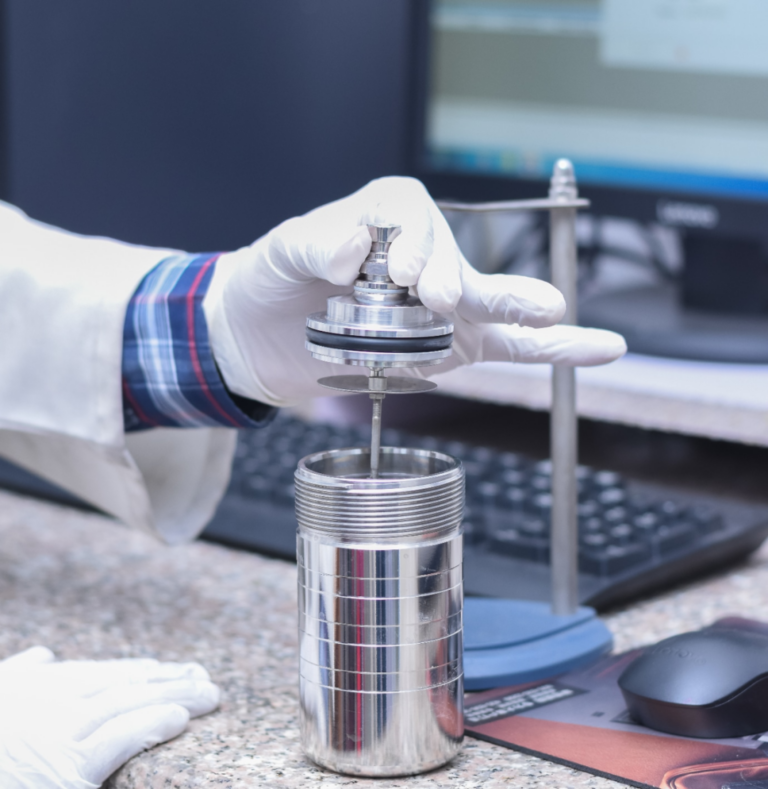
2.5 Level Measurement Equipment
Accurate material level monitoring is necessary for stable sample processing. Common level measurement instruments include:
Vibrating Rod Level Switch
- Principle: Uses vibration to detect material level changes
- Features: Real-time monitoring with industrial automation compatibility
Tuning Fork Level Switch
- Principle: Detects level based on frequency variations in a vibrating fork
- Features: High sensitivity but susceptible to external vibrations
Rotary Paddle Level Switch
- Principle: Uses a rotating blade to detect level changes
- Features: Reliable in detecting large coal chunks
Radio Frequency Capacitance Level Switch
- Principle: Measures material levels via changes in capacitance
- Features: High accuracy and smart monitoring integration
Comparison:
- Tuning fork sensors are best for fine coal particles
- Rotary paddle sensors work well for larger coal chunks
- Capacitive sensors provide precise measurements for automation
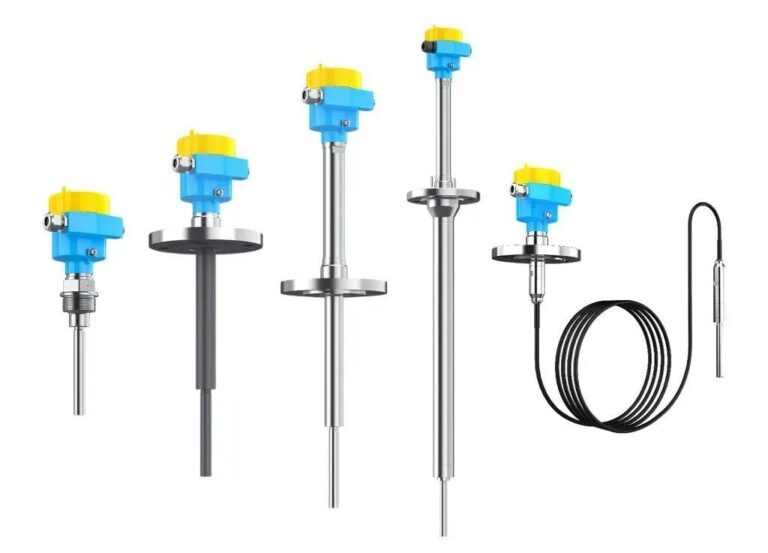
3. Working Principles of Coal Testing Equipment
Coal testing instruments utilize different scientific methodologies, including:
Physical Methods
- Sieving, density measurement
- Uses particle size analyzers and density meters for enhanced precision
Chemical Methods
- Titration, spectroscopy
- Employs online chemical analyzers and automated titration devices for accurate composition analysis
Thermal Analysis Methods
- Thermogravimetric analysis, oxygen bomb calorimetry
- Uses high-temperature controllers and heat flux sensors for precise heat value measurements
Automation & AI Integration: Advanced equipment now incorporates automated sample handling, real-time monitoring, and AI-driven analytics for enhanced accuracy and efficiency.
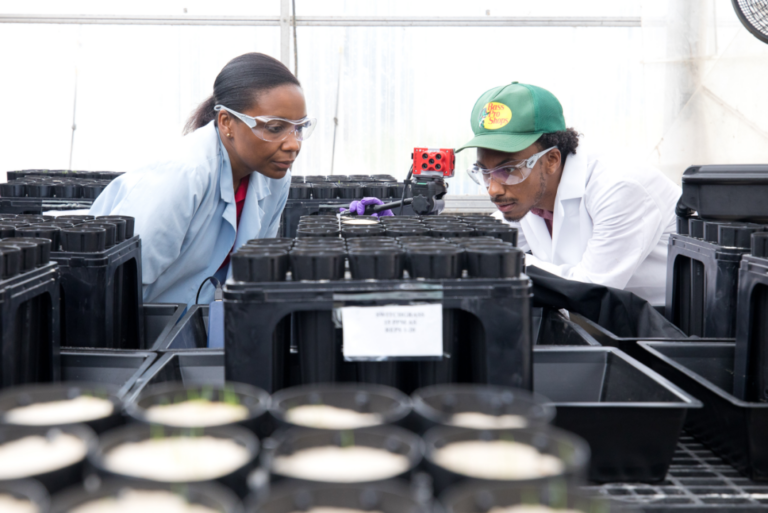
4. Importance of Coal Testing Equipment
Coal testing equipment is not just essential for assessing quality but also plays a significant role in energy efficiency, environmental protection, and industrial competitiveness.
Key Benefits:
Optimized Combustion Efficiency
- Real-time monitoring allows industries to adjust combustion parameters and maximize energy utilization.
Environmental Compliance
- Gas analyzers and emission control systems help industries reduce pollutants and adhere to environmental regulations.
Improved Market Competitiveness
- Accurate testing helps industries fine-tune coal processing, ensuring higher-quality products and greater market demand.

5. Conclusion
Coal testing equipment and instruments are fundamental to ensuring coal quality, enhancing energy efficiency, and minimizing environmental impact. With advancements in automation, artificial intelligence, and real-time monitoring, the future of coal testing is set to become even more precise and efficient.
Future Outlook:
The coal industry will continue integrating AI-driven analysis, cloud-based data management, and automated testing solutions, setting new standards for coal quality assessment and sustainable energy utilization.
